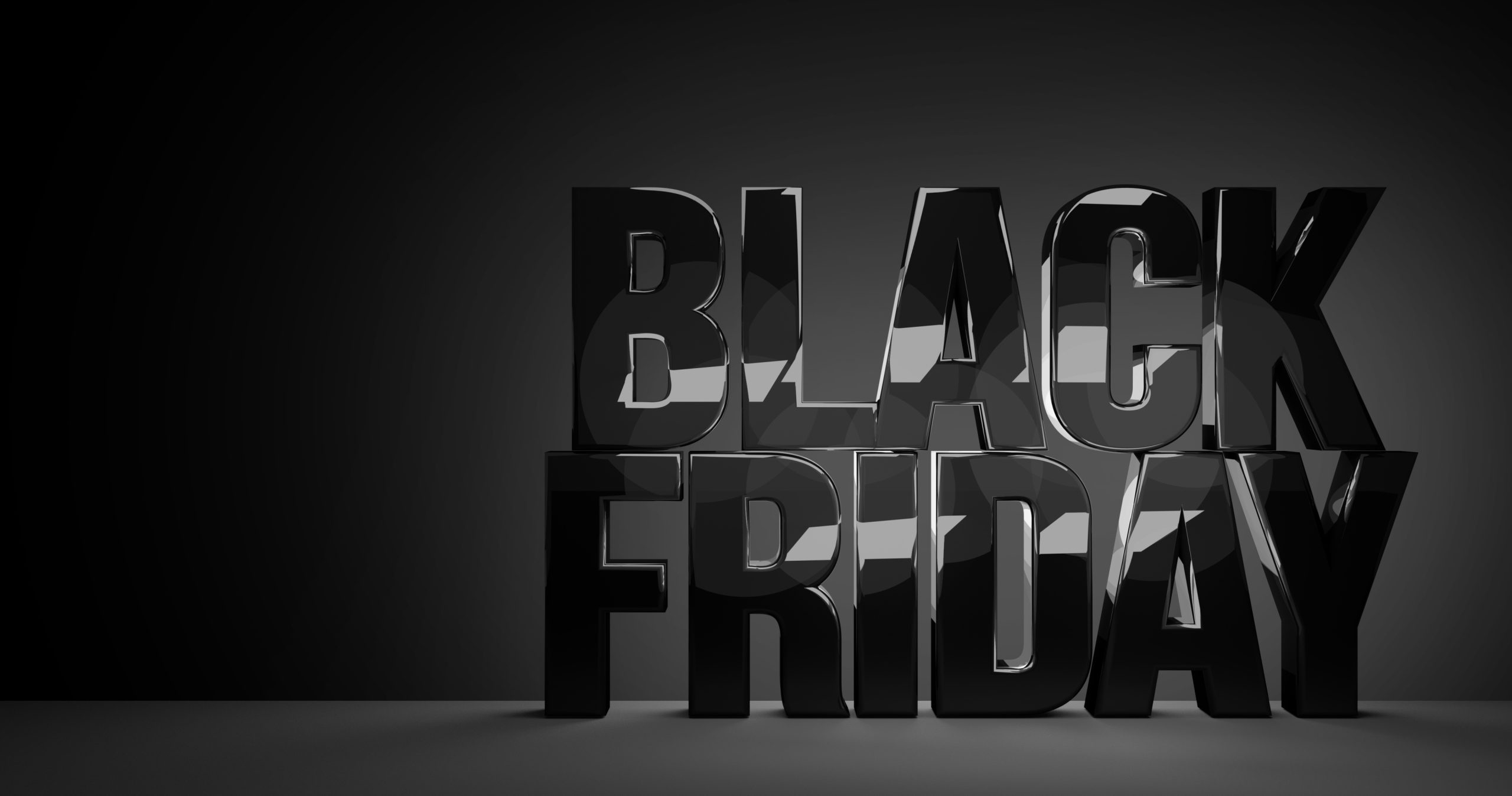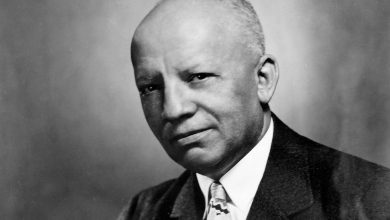Black Friday: Myths, Facts, and Surprising Histories

Black Friday, known as the day following Thanksgiving in the United States, has swiftly become synonymous with hectic shopping sprees and remarkable deals. This annual event marks the unofficial start of the holiday shopping season, and its influence has expanded far beyond the borders of the U.S., captivating consumers globally. Retailers often open their doors early, or even the night before, offering significant discounts on a wide array of products, from electronics to clothing. For many, it symbolizes a time for scoring unbeatable bargains, but its implications and origins stretch much deeper.
In this blog post, we will delve into the multifaceted aspects of Black Friday. We will explore its intriguing origins and how it transformed from an unrelated term into the massive retail phenomenon it is today. We will also debunk several common myths associated with Black Friday, shedding light on the truths behind these misconceptions.
Additionally, we will present verified facts that highlight the event’s economic impact and influence on shopping behaviours. Finally, we will uncover some surprising histories and anecdotes, examining how consumer behavior has evolved and how Black Friday has been adopted and adapted in various parts of the world. Whether you’re a seasoned Black Friday shopper or curious about its history, this blog aims to provide a well-rounded, informative perspective on this widely anticipated day.
1. The Origins of Black Friday
The term “Black Friday” has a complex and intriguing history that dates back well before it became associated with retail frenzy. Initially, the term was used in the context of financial crises; one notable instance occurred in 1869 when a failed attempt to corner the gold market led to a financial panic in the United States.
However, the evolution of Black Friday into the shopping extravaganza we know today began in the 1950s in Philadelphia. Police officers coined the term to describe the chaotic scene that emerged the day after Thanksgiving, as hordes of suburban shoppers and tourists flooded into the city ahead of the Army-Navy football game held that Saturday. This influx caused major traffic jams, overcrowded sidewalks, and a general pandemonium that required extra law enforcement presence.
By the 1980s, the term had taken on a more positive connotation in retail lingo, describing the point when stores would become profitable, shifting from “in the red” to “in the black.” This blend of financial significance and consumer behavior laid the groundwork for the modern interpretation of Black Friday as the unofficial start to the holiday shopping season, marked by early store openings and deep discounts.
2. Common Myths About Black Friday
Despite its prominence, several myths about Black Friday persist, often distorting the event’s reality. One common myth is that stores make the majority of their profit on Black Friday. While retailers do see a surge in sales, Black Friday often serves to boost overall revenue rather than being the sole profit generator. Another widely held belief is that Black Friday is the best day for deals.
In truth, while many attractive discounts are offered, other shopping days, such as Cyber Monday or end-of-season sales, can provide equally impressive savings. Lastly, the etymology behind the term ‘Black Friday’ is often misunderstood; many believe it comes from the notion of retail stores moving “into the black” from being “in the red.”
However, as discussed, the term originally described the chaotic scenes in Philadelphia post-Thanksgiving before gaining its current positive financial connotation. Understanding these myths helps shoppers navigate the Black Friday frenzy with a more informed perspective.
3: Verified Facts About Black Friday
Fact 1: The origins of the term “Black Friday” can be traced back to a financial context, specifically to September 24, 1869, when a financial panic ensued as two investors tried to corner the gold market, leading to a collapse in the stock market. This event was referred to as “Black Friday” due to the financial devastation it caused. However, its modern-day association with retail began in the 1950s in Philadelphia, when the term was used by police to describe the chaos that followed Thanksgiving.
Fact 2: When examining shopping trends and behaviours, statistics show that Black Friday has grown significantly over the years. For instance, in 2021, U.S. consumers spent approximately $8.9 billion online on Black Friday, according to Adobe Analytics. Furthermore, foot traffic in physical stores also remains robust, with millions of shoppers hitting the malls and shopping centers, eager to take advantage of the deals.
Fact 3: The impact of Black Friday on retail and consumer spending cannot be overstated. It marks one of the busiest shopping days of the year, and for many retailers, it serves as a barometer for the entire holiday season’s performance. The National Retail Federation reported that Black Friday and the subsequent weekend can account for a significant portion of annual sales, demonstrating how critical this single day is for retailers.
4: Surprising Histories and Anecdotes
Black Friday boasts a treasure trove of remarkable events and anecdotes that highlight its evolution and global impact. One notable incident occurred in 2011 when a Los Angeles-area woman used pepper spray on fellow shoppers to gain an advantage in securing discounted items, encapsulating the extreme lengths some will go for a bargain.
Consumer behavior has also dramatically evolved with the rise of e-commerce, as many shoppers now prefer the convenience of online deals, reshaping the essence of Black Friday. Technology’s role cannot be overstated; the proliferation of smartphones and apps has made it easier for consumers to compare prices, snag deals, and even shop before the physical stores open.
Moreover, Black Friday’s international adoption has led to unique variations; for instance, in the UK, the event gained prominence in the early 2010s, while countries like Brazil and India have tailored the concept to fit their cultural contexts, illustrating how this shopping phenomenon has been embraced and adapted around the world. These surprising histories and anecdotes reflect the dynamic nature of Black Friday, continuously transforming in response to societal changes and technological advancements.
Conclusion
In summary, Black Friday’s history is as multifaceted as the event itself. From its origins in a financial crisis to its current status as a retail phenomenon, Black Friday has undergone significant transformations. We’ve debunked common myths, such as the misconception that it’s the most profitable day for retailers and the belief that it always offers the best deals. We’ve also highlighted verified facts about its significant impact on consumer behavior and retail performance. Additionally, we explored surprising anecdotes that underline the lengths some will go for a bargain and the global adoption of this shopping event.
As we approach the next Black Friday, it is essential to navigate the frenzy with a well-informed perspective. Understanding the facts and myths can help you make better decisions and avoid falling for common misconceptions. We encourage you to approach Black Friday with a sense of curiosity and practicality, balancing the lure of discounts with sensible shopping habits.
Finally, we invite you to share your own Black Friday experiences and thoughts. Have you encountered any surprising deals or interesting stories? Join the conversation by leaving a comment or sharing this blog post with your friends. Your insights and experiences can help others navigate the whirlwind of Black Friday shopping. Happy bargain hunting!
Additional Resources
To further enrich your understanding of Black Friday, its myths, facts, and surprising histories, we have curated a list of valuable resources and recommendations. Whether you’re a savvy shopper or a curious reader, these links provide in-depth insights and practical advice.
Links to Studies, Articles, and Further Reading on Black Friday
- National Retail Federation (NRF) Reports: The NRF provides detailed reports on consumer behaviors, sales statistics, and trends surrounding Black Friday. Read more here.
- Adobe Analytics Insights: For a deep dive into online shopping metrics and trends during Black Friday, Adobe Analytics offers comprehensive analysis and data. Discover their findings here.
- Historical Overview by History.com: Gain a historical perspective on the evolution of Black Friday through this informative article. Explore the history here.
- BBC Article on Black Friday Myths: This article debunks common myths and clarifies misconceptions about Black Friday. Read the article here.
- Journal of Consumer Research: Access academic papers and research studies focusing on consumer behavior during Black Friday and other shopping events. Browse their publications here.
Recommendations for Smart Shopping Tips and Guides
- Make a Shopping List: Plan ahead and create a list of items you really need. This helps you stay focused and avoid impulse buys.
- Set a Budget: Determine a spending limit before you start shopping to keep your finances in check.
- Compare Prices: Use price comparison websites and apps to ensure you’re getting the best deal.
- Research Deals in Advance: Many retailers release their Black Friday ads early. Take advantage of this to plan your purchases.
- Sign Up for Newsletters: Subscribe to your favourite retailers’ newsletters for early access to deals and exclusive discounts.
- Utilize Cashback and Coupons: Look for cashback offers and coupons that can provide additional savings during your purchase.
- Be Early or Be Late: Some of the best deals are available right at the start of Black Friday, while others are found towards the end of the day or even later during Cyber Monday.
- Mind the Return Policies: Ensure that you understand the return policies for Black Friday purchases, as some items might have stricter guidelines.
Arming yourself with these resources and tips can enhance your Black Friday experience, making it both enjoyable and financially rewarding. We hope you find these links and recommendations helpful as you prepare for the next big shopping event. Happy shopping!

